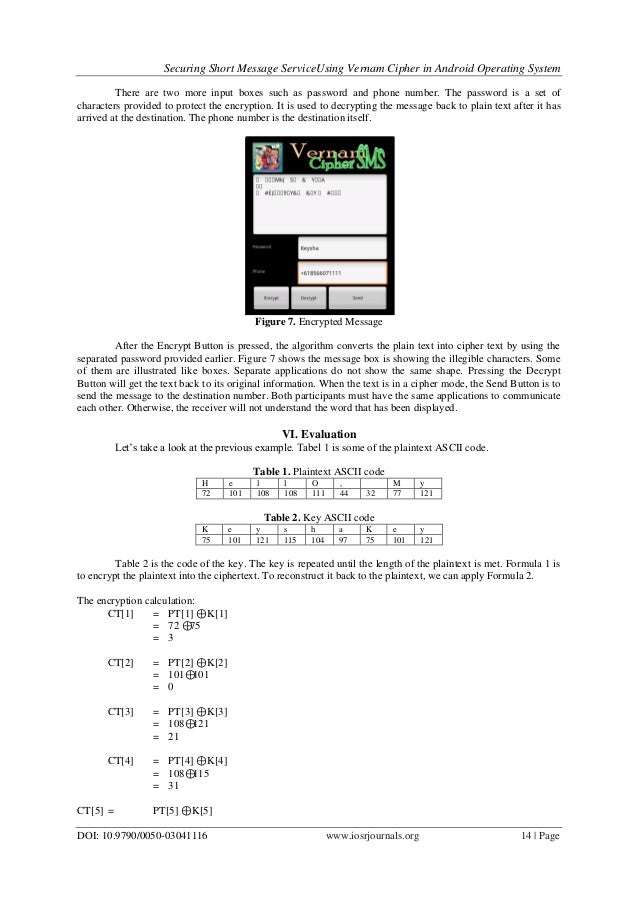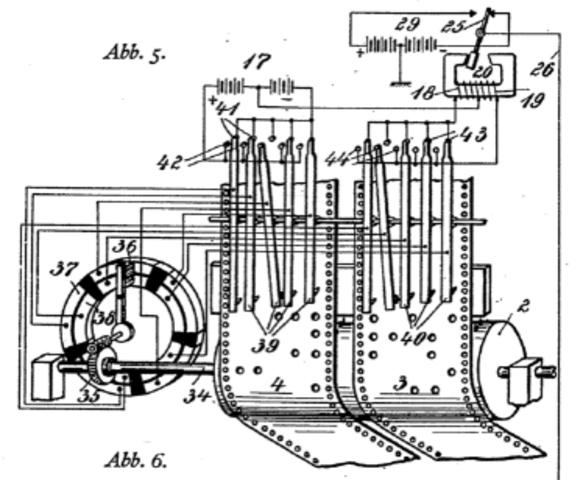

The ‘+’ symbol marks the expected symbol locations. The plots show the symbols which were correctly (gray) and incorrectly (red) demodulated. Figure 8: QAM-16 constellation plots showing the deciphered and demodulated symbols after passing through a 1900 MHz LTE OFDMA channel, with various types of noise and interference.

This is because most of the signal’s energy falls on a single frequency component, and the random shift of this component’s location helps mitigate ISI.įigure 7: The bit error rate plots for all ciphers when introduced to AWGN (left) and both AWGN with multipath propagation and Doppler effect (right). We note that FCS never has a ‘peak’ of interference, but rather always stays at a non-zero BER. The figure shows that the VPSC is nearly as robust to MPP as the original signal (without encryption). As a result, interference increases when there are symbols that overlap (ISI) which can be seen in the plot. In this simulation, we scaled up the propagation delays of the signal paths (Table 1). 9, we examine the effect of the propagation delay in a MPP channel.
Vernam cipher mod#
When Bob tries to decrypt ( 9b) using ( 8b),Īssuming γ − ε < ϕ the following will occur:ĭ → k m ( → c m ∗ ) = ( → c m ∗ − → k m ) mod ϕ Magnitude → m m = ϕ − ε is unknown to him. The result is that BobĪnd Bob cannot analytically determine γ since the original message N th frequency magnitude from the original signal segment → s, To illustrate this issue we can track the usage of the VPSC over some noisy channel. One who sees these letters cannot explicitly determine the content, however the shape (bandwidth), address (protocol) and transmission frequency (bit-rate) can reveal significant information.
Vernam cipher code#
This information leakage is analogous to writing letters in code and mailing them to a friend. Knowledge of this information can be used to infer the transmission equipment, message importance, channel content, and channel capacity. Examples of this information include traffic statistics, data rates, number of physical channels, service priorities, data size, data packet frequency, baud rate, modulation, and channel bandwidth. However, encrypting the Layer 2 bit-stream does not provide secrecy for all information obtainable from the physical channel’s characteristics. MACSec Romanow ( 2006) is an example of such a protocol for multi-hop wired networks while the most common wireless encryption protocols are WEP and WPA/2. A common solution is to encrypt the data-link layer ( Layer 2) before it is passed on to the physical layer ( Layer 1). Solutions to this problem have been investigated thoroughly Bloch and Barros ( 2011) Zhou et al. † † journal: Computers & Security 1 Introduction In the paper, we offer methods for noise mitigation and synchronization, and evaluate the VPSC over a noisy wireless channel with multi-path propagation interference. This approach is fast and preserves the signal’s bandwidth. The VPSC accomplished this by applying a modified Vernam cipher to the signal’s frequency magnitudes and phases. In this paper, we present the Vernam Physical Signal Cipher (VPSC): a novel cipher which can encrypt the harmonic composition of any analog waveform. In order for this method to be practical, the encryption must be quick, preserve bandwidth, and must also deal with the issues of noise mitigation and synchronization. This may be solved by encrypting the physical layer, thereby securing all subsequent layers. This exposes network information to eavesdroppers, including the channel’s type, data rate, protocol, and routing information.

However, encryption is commonly only applied to the upper layers of the protocol stack. The ciphertext above represents "ONE TIME PAD" encrypted using the key PERFECTSECRECY.Secure communication is a necessity. These cases have been possible because of mistakes, such as not using true random keys or reusing the same key.


 0 kommentar(er)
0 kommentar(er)
